Radishes are one of the easiest and fastest vegetables to grow indoors, making them a great choice for gardeners who want fresh produce year-round. With the right care and attention, you can enjoy crunchy, peppery radishes even in the middle of winter. Whether you’re a seasoned gardener or a beginner, this guide will show you how to successfully plant and harvest radishes indoors in any season.
Why Grow Radishes Indoors?
Radishes are perfect for indoor gardening because they grow quickly and don’t require a lot of space. These vegetables thrive in containers, and they don’t need full sunlight all day. They also have a short growing period, typically only taking about 3 to 4 weeks from sowing to harvest. This makes them an ideal choice for anyone wanting to grow something fresh without committing to a long growing cycle.
Choosing the Right Radish Variety
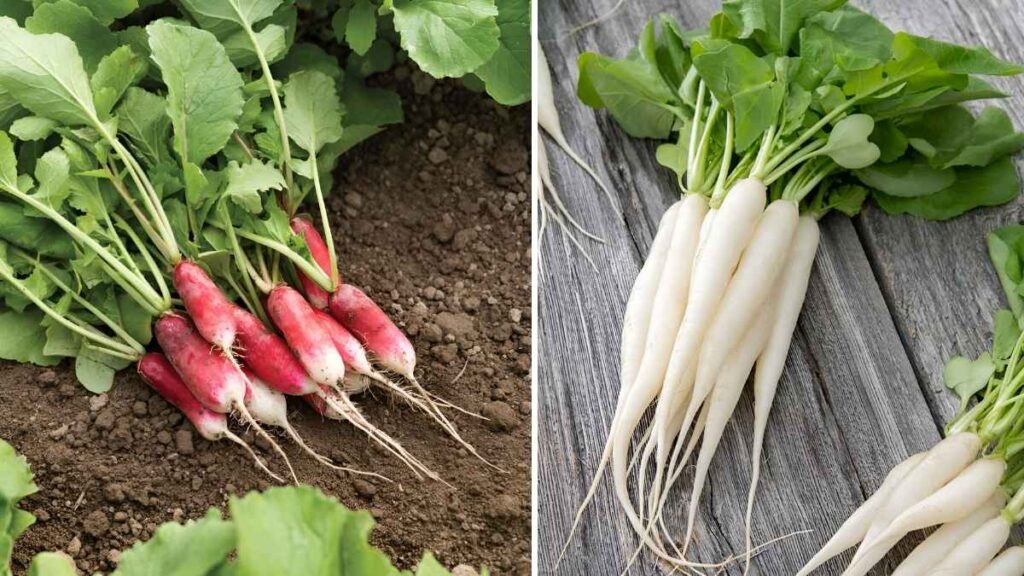
When growing radishes indoors, it’s important to pick the right variety. Some types are better suited to indoor gardening than others. For beginners, it’s recommended to go for smaller varieties, such as Cherry Belle, French Breakfast, or Easter Egg Radishes. These varieties grow well in containers and can thrive in less-than-ideal lighting conditions. The radishes should also be smaller and quicker to mature, which is a perfect match for indoor gardening.
Materials You’ll Need
Before you begin planting, make sure you have the following materials:
- Radish seeds of your chosen variety
- A container with drainage holes (about 6-8 inches deep)
- Potting soil (preferably organic and lightweight)
- A sunny spot or grow lights
- A watering can
- A saucer or tray for catching excess water
Preparing the Container and Soil
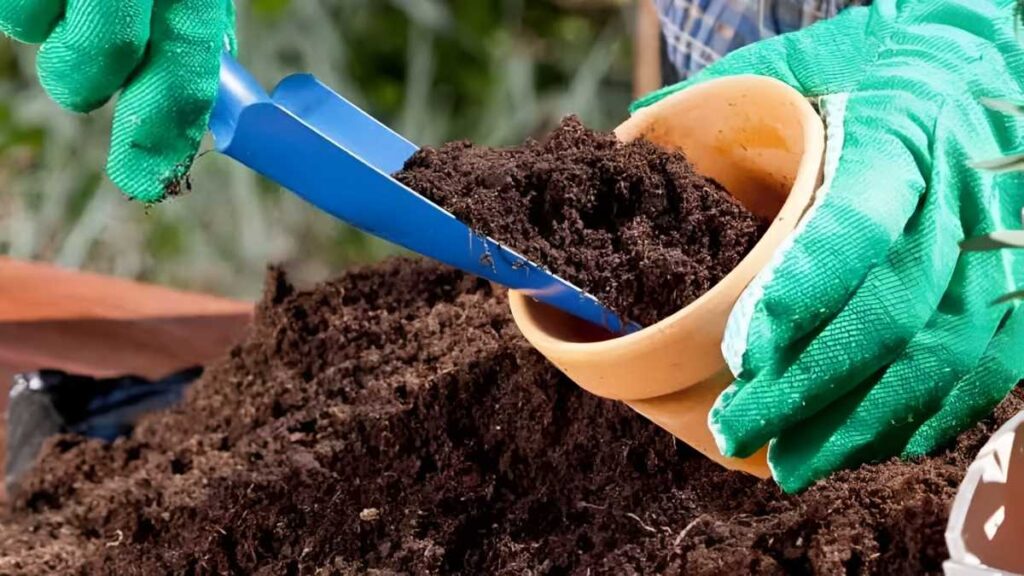
Start by selecting a container that is deep enough to accommodate the radish roots. A standard flower pot or any container that’s at least 6 inches deep will work fine. Radishes need room to grow, so make sure your container isn’t too small.
Next, fill the container with a well-draining potting mix. While you can use regular garden soil, potting soil designed for indoor plants is ideal because it’s light and fluffy, allowing the roots to spread easily. Avoid using soil that is too heavy, as it can lead to waterlogged conditions, which radishes do not tolerate.
Sowing the Seeds
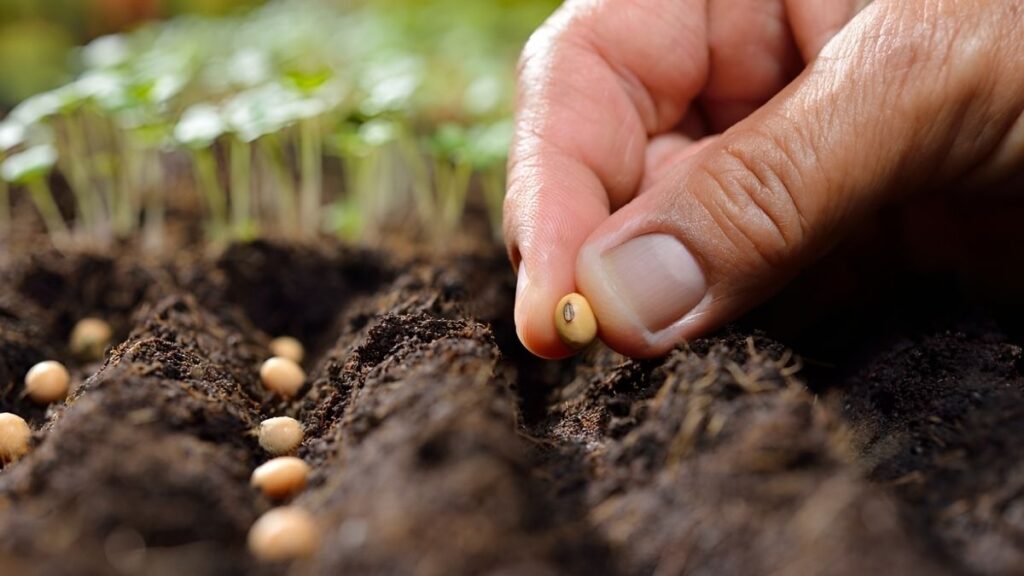
Radishes are easy to sow. Fill your container with soil, leaving about an inch of space at the top. Gently press the soil down to remove any air pockets, but don’t compact it too much. Sprinkle the radish seeds evenly across the surface of the soil, then cover them with a thin layer of soil about half an inch deep. Water the soil lightly to help the seeds settle in.
If you’re planting multiple radishes, space the seeds about 1 inch apart. This will give each radish enough room to grow without crowding.
Providing the Right Light
Radishes need at least 4-6 hours of direct sunlight each day to grow well. A south-facing windowsill is ideal for this, but if you don’t have access to natural light or it’s not strong enough, you can use grow lights. Choose a full-spectrum LED grow light and position it about 6-12 inches above the plants. These lights provide the right spectrum of light needed for plant growth and can be kept on for 12-16 hours a day.
If you are using a windowsill, be sure to rotate the container every couple of days so that the radishes grow evenly.
Watering and Care
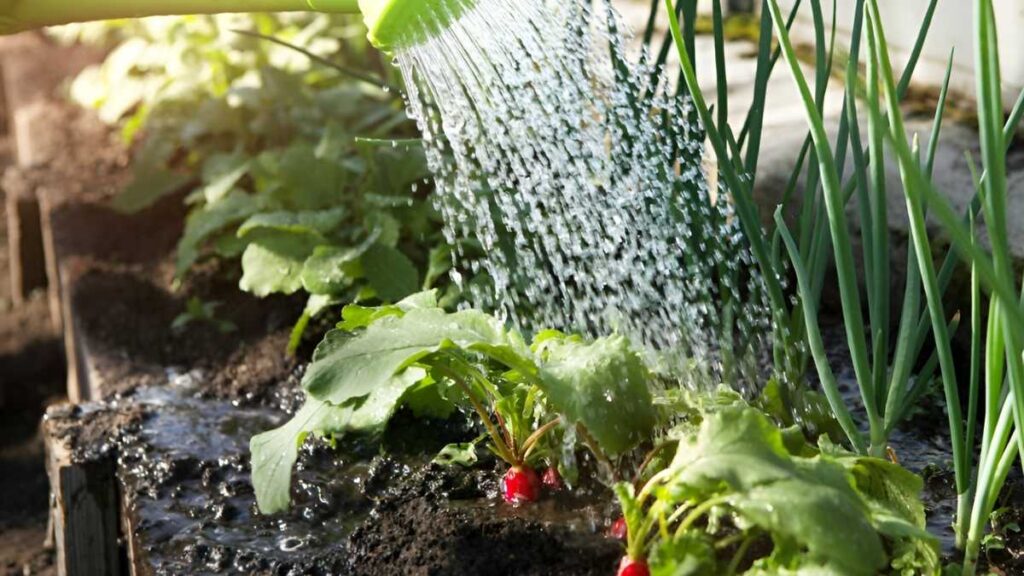
Radishes are fairly low-maintenance once planted. The key is to keep the soil evenly moist—not soggy. Overwatering can lead to root rot, while underwatering can cause the radishes to become tough and bitter. Water the plants whenever the top inch of soil feels dry to the touch.
As radishes grow, you’ll notice small leaves emerging from the soil. At this point, you can begin thinning the plants. If the radishes are spaced too closely, their growth can be stunted. Remove the weaker seedlings, leaving about 2-3 inches between each plant. You can use a pair of scissors to gently snip off the excess seedlings.
Temperature and Humidity
Radishes grow best in temperatures between 55°F and 75°F (13°C to 24°C). While radishes can tolerate some cooler temperatures, avoid letting the indoor temperature drop too low, especially in winter months. If your home is particularly dry, consider using a humidity tray or placing the container on a tray filled with pebbles and water to increase moisture in the air.
Harvesting Radishes
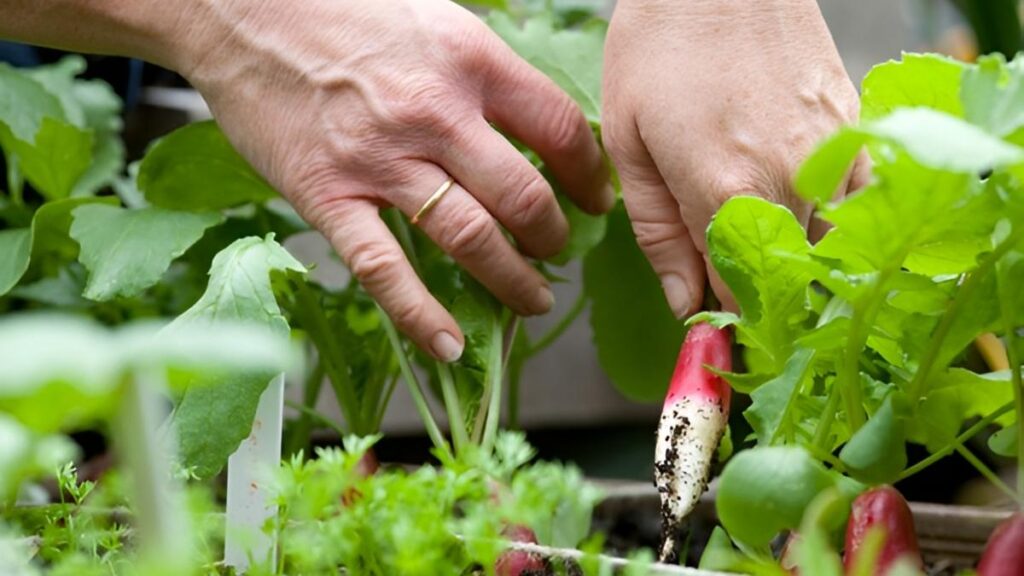
One of the best things about growing radishes is their fast growth. From sowing the seeds to harvesting, it usually only takes 3 to 4 weeks. As soon as the radishes start to form bulbs above the soil, you’ll be able to tell they’re ready for harvest. The leaves will also start to look more robust and the plant will become visibly taller.
Gently pull the radish from the soil by grasping the leaves and lifting it up. Be careful not to pull too hard, as you might damage the surrounding plants. The radish bulb should be firm and round. If left too long, radishes can become woody and overly spicy.
It’s important to harvest radishes as soon as they reach the desired size. Radishes that are left in the soil too long can become tough, lose their flavor, and start to bolt (flower and go to seed).
Tips for Success
- Rotate the pots to ensure even growth on all sides.
- Keep the temperature consistent for optimal growth.
- Make sure there’s enough space between plants to prevent overcrowding.
- If the radishes are growing too slowly, consider adding a liquid fertilizer high in potassium and phosphorus to encourage root development.
Troubleshooting Common Issues
While growing radishes indoors is relatively simple, there are a few common problems you might encounter. If your radishes aren’t growing as expected, check the following:
- Leggy plants: This usually means the radishes aren’t getting enough light. Move them to a sunnier spot or increase the intensity of your grow lights.
- Small or underdeveloped roots: This may happen if the container is too small or if the plants are overcrowded. Ensure there’s adequate space between plants and in the container for root development.
- Yellowing leaves: This could be a sign of overwatering or poor drainage. Make sure your container has drainage holes, and adjust your watering routine.
Conclusion
Growing radishes indoors is a rewarding and easy way to enjoy fresh, homegrown vegetables throughout the year. With a little care and attention to light, temperature, and watering, you can grow a successful crop of radishes no matter the season. Just remember to start with the right variety, provide proper lighting, and monitor your plants for any signs of stress. Happy gardening!




